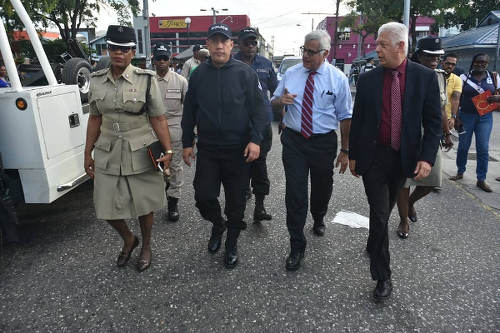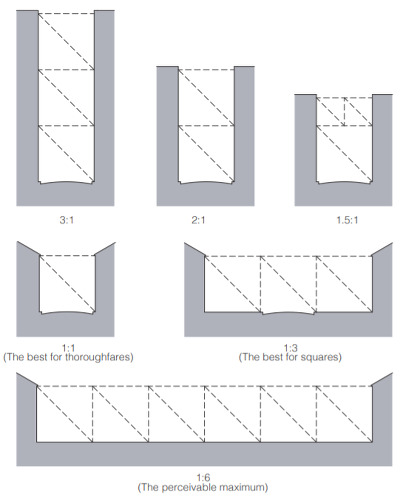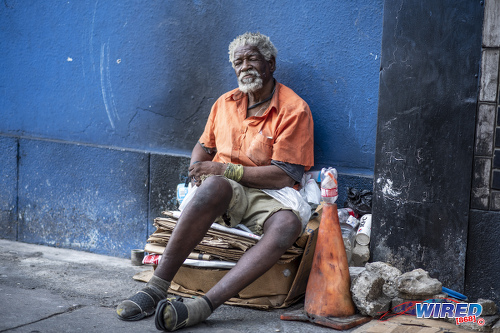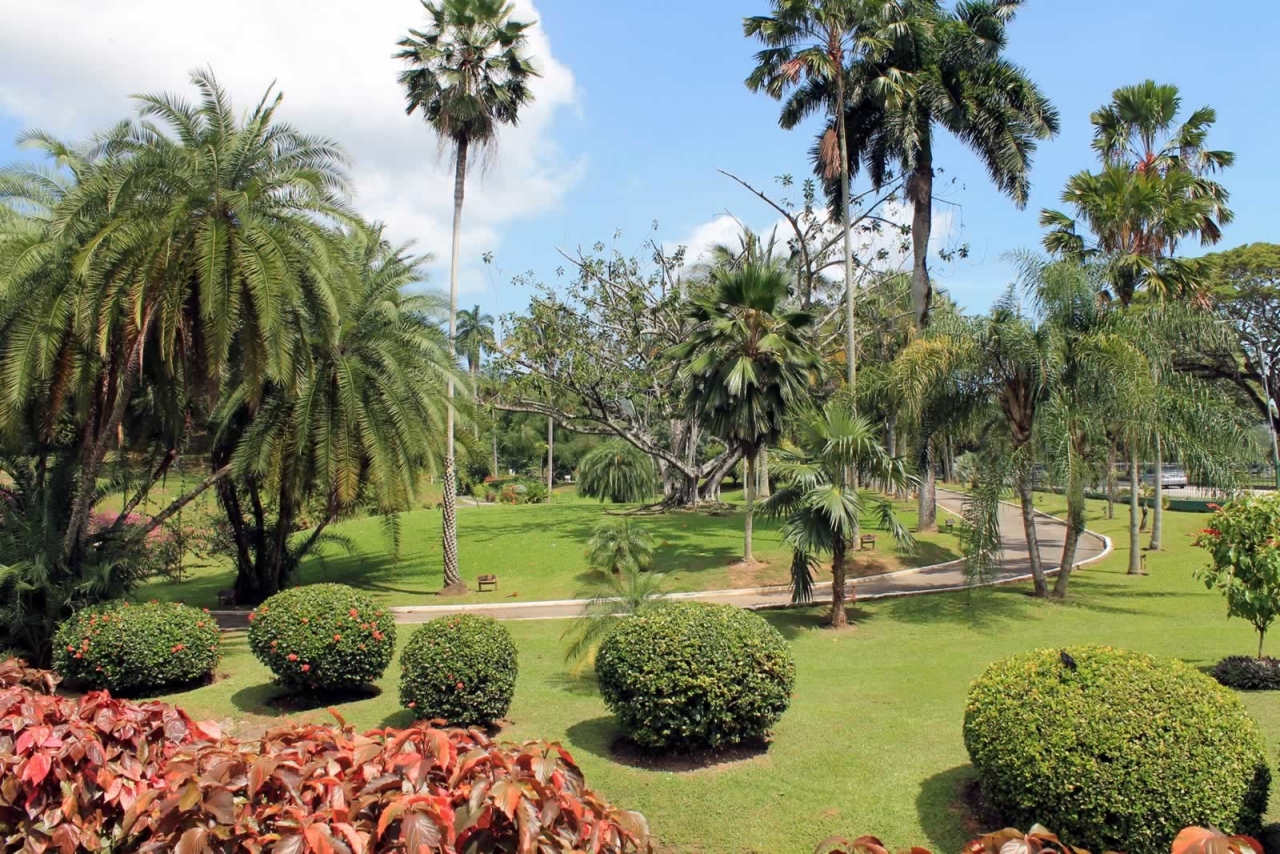“In the words of Jan Gehl, renowned observer of city life, ‘cities must urge urban planners and architects to reinforce pedestrianism (walkability) as an integrated city policy to develop lively, safe, sustainable and healthy cities… and an open and democratic society’.”
The following blog on urban development and walkable communities in Trinidad and Tobago was submitted to Wired868 by Ryan Darmanie and first published in the Trinidad Newsday:

In my last column, I asserted that we need to fight for a re-invigorated capital city. But, how do we achieve this?
In the words of Jan Gehl, renowned observer of city life, “cities must urge urban planners and architects to reinforce pedestrianism (walkability) as an integrated city policy to develop lively, safe, sustainable and healthy cities… and an open and democratic society.”
Best-selling author, architect, and planner Jeff Speck defines walkability as “an end and a means, as well as a measure.”
In other words, having a highly walkable community should be a goal. Increasing pedestrian-friendliness is a path towards sustainability and the extent to which a community is walkable should act as a gauge of its progress.
But, why do so few of us—including myself—use our feet as a viable means of everyday transportation? Speck lays out four conditions for walkability.
Usefulness: pedestrians should be able to accomplish multiple tasks on foot. Homes are usually not located close to stores, jobs, or other vital amenities. Neighbourhoods and buildings that traditionally allowed residential and commercial spaces to co-exist were, since the late 1960s, discouraged or outright forbidden.
Though the trend is slowly changing, years of this damaging policy have left us with a functionally-disconnected and automobile-dependent landscape. An abundance of free parking and a lack of efficient public transportation also incentivise driving.

(Copyright TTPS)
Comfort: pedestrians should be protected from sun and rain. When the Spanish first settled in the Americas, their Laws of the Indies was supposed to regulate all aspects of life, including how to design communities. Among the many rules, was a stipulation that in cold places streets should be wide, but narrow in hot places.
In climates like ours, this was to ensure that streets were adequately protected from sunlight by the shadows of the buildings.
Through observations, urban designers have suggested that pedestrians feel more comfortable when a street feels like an enclosed ‘outdoor room’. The façades or fronts of the buildings on a street act as the ‘walls’ of the room and the canopies of the street trees act as the ‘ceiling’.
The level of enclosure is determined by a measure known as height to width ratio. It refers to the ratio of the height of the buildings along a street to the distance between buildings on opposite sides of the same street. Designers say that as this ratio begins to drop below 1:1, a street starts to lose its sense of enclosure, and therefore begins to feel less comfortable.

(Courtesy Duany Plater-Zyberk & Co. from the Lexicon of the New Urbanism)
Regulations favour—or only allow—short buildings and buildings spaced far apart from each other and from the public sidewalk. This results in a loss of enclosure, which also means less shade for the sidewalk.
Shading and protection from rain can also be assisted by building elements such as canopies, awnings, and arcades. But, the farther a building is situated from the sidewalk, the less effective these elements become.
Vacant and surface parking lots destroy this sense of enclosure, and therefore comfort. Street trees—which are certainly vital and provide a great amount of shading and natural cooling—still require time to develop a full canopy, and can be decimated by diseases or over-zealous ‘tree-trimmers’.
Interest: pedestrians should be in an environment that shows lots of signs of humanity. Elements that work against this include street-facing building walls with no or few doors or windows, buildings with main entrances oriented inwards and away from the street, tall perimeter walls and fences, ground floors elevated high above street level, and buildings located too far from the sidewalk.

Safety: pedestrians should feel safe from vehicular traffic. Safety can be aided by a reduction in potential points of collision, for instance, by reducing the frequency of curb cuts for driveways and lay-bys.
Safety can be impaired by factors which lead to faster driving speeds including multiple lanes of one-way traffic, and wide lanes and streets. Furthermore, on-street parking and street trees are great for safety as they create a barrier between moving cars and the pedestrian space.
What about the width or state of a sidewalk? Paradoxically, Speck points out that some of the most walkable cities have the narrowest sidewalks (like New Orleans) or even no sidewalks in many places (like Rome).
Sidewalks, although an element of walkability, may not even be the most important one.
Look at the environment around you and see if you can spot the ways in which planning and design have rendered walkability inhospitable and infeasible.
Hopefully you will begin to understand why Port of Spain, although far from perfect, has the best chance of cultivating a widespread pedestrian culture and resulting public life.

Want to share your thoughts with Wired868? Email us at editor@wired868.com.
Please keep your letter between 300 to 600 words and be sure to read it over first for typos and punctuation.
We don’t publish anonymously unless there is a good reason, such as an obvious threat of harassment or job loss.
 Wired868 Wired868 for smart sport news and opinion
Wired868 Wired868 for smart sport news and opinion





We are in NEED for sidewalks in the Croisee environs.
There’s heavy foot traffic going to the Croisee for transportation 5 days a week, working individuals, kids on there way to school, drivers hustling there PH and there’s the parking area for Garbage trucks one block from the Croisee, south of the bus route. With many of the streets with NO SIDEWALKS.
Unfortunately, until the town mayors take control of their streets, walking in our towns and cities is usually unpleasant and dangerous for able bodied adults and impossible for differently abled people. Not only illegally parked vehicles, but also unlicensed street vendors force you to walk in the roads. The pavements themselves are I maintained, uneven and hazardous. The pedestrian heaven you describe us hard to find in T&T. But it is there. But it’s been stolen!! We need to demand that street vending only takes place is designated areas and vendors are licensed. And sidewalks need to be upgraded and maintained for use by the infirm and those in wheelchairs. Then the pedestrian utopia may become possible.